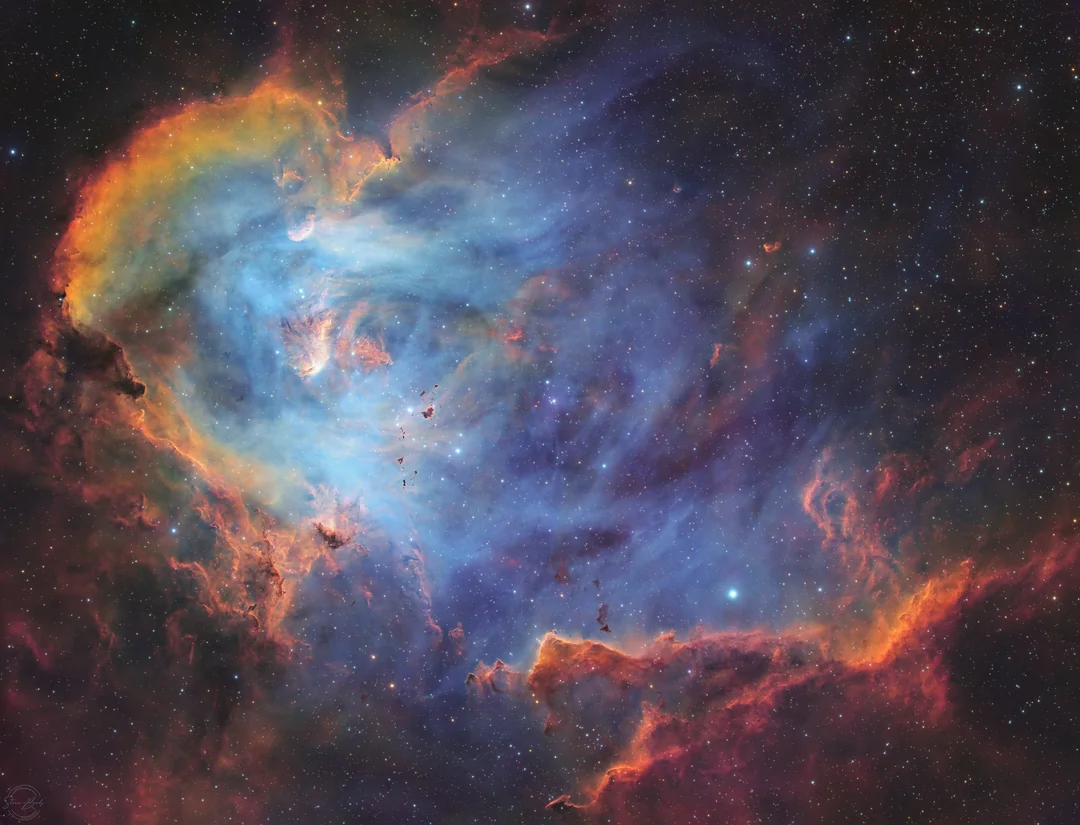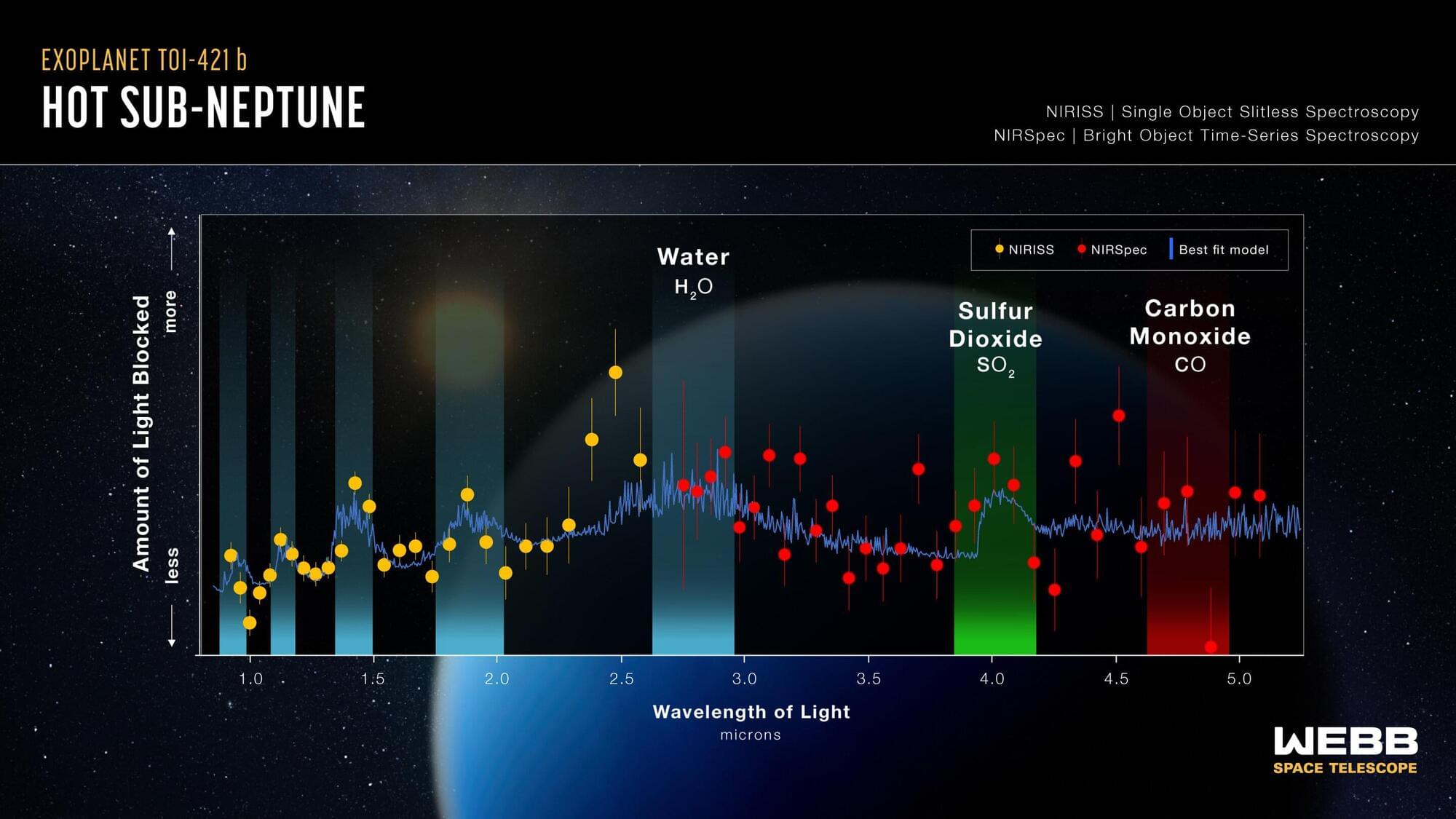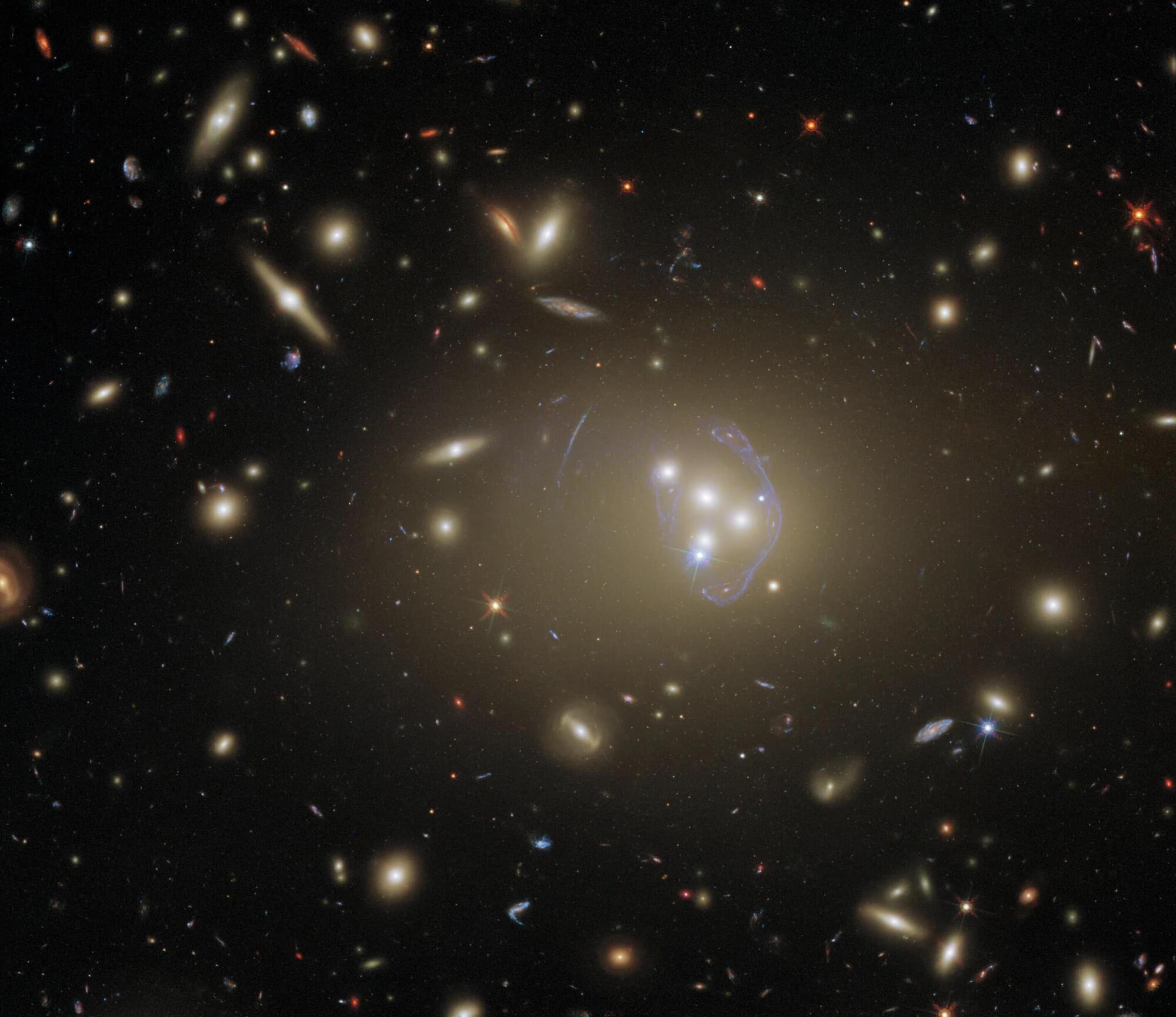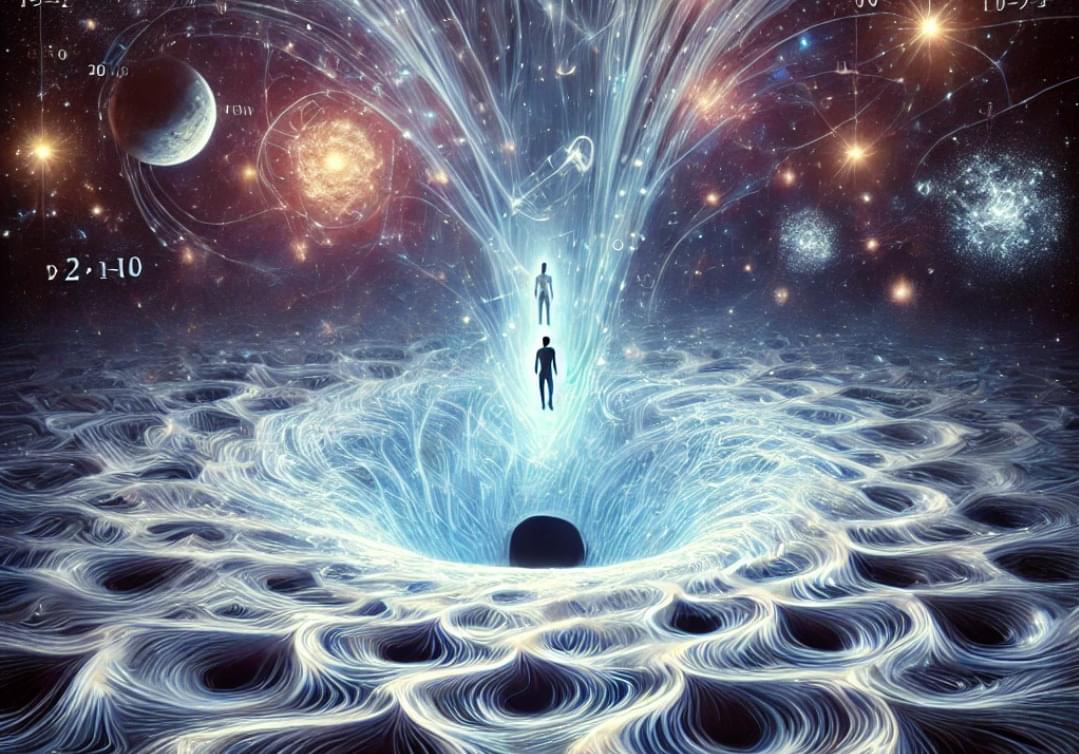Quantum ideas describe particles and fields in tiny packages, but general relativity paints gravity as smooth curves in space‑time. Until now.



Who knew that magnetic fields could be so useful? Astronomers are able to use magnetic fields to map our environment within the Milky Way using a technique called Faraday rotation.
It works like this. There’s a bunch of dust—literal dust grains—floating within the galaxy.
Well, I say there’s a lot of dust, but it’s at very, very low densities. Thankfully, the volumes within interstellar space are so vast that the total amount of dust can really add up. And all these little dust grains have little magnetic fields associated with them, because all the grains are made of electric charges and they’re spinning around themselves.


Though they don’t orbit around our sun, sub-Neptunes are the most common type of exoplanet, or planet outside our solar system, that have been observed in our galaxy. These small, gassy planets are shrouded in mystery…and often, a lot of haze. Now, by observing exoplanet TOI-421 b, NASA’s James Webb Space Telescope is helping scientists understand sub-Neptunes in a way that was not possible prior to the telescope’s launch.
“I had been waiting my entire career for Webb so that we could meaningfully characterize the atmospheres of these smaller planets,” said principal investigator Eliza Kempton of the University of Maryland, College Park. “By studying their atmospheres, we’re getting a better understanding of how sub-Neptunes formed and evolved, and part of that is understanding why they don’t exist in our solar system.”
The findings are published in The Astrophysical Journal Letters.

The U.S. House space committee moved a lunar time bill to a full House vote.
Berkeley Humanoid Lite is an open-source, budget-friendly humanoid robot created by UC Berkeley researchers to make robotics research easier for everyone. It’s a customizable, 3D-printed robot designed for researchers, teachers, and hobbyists. Unlike expensive, closed-source commercial robots (often over $100,000), it costs less than $5,000 by using common parts and desktop 3D printers. The robot’s motors and body use 3D-printed cycloidal gearboxes, keeping costs low while staying sturdy. You can buy all parts from online stores, and the design works with a 3D printer that has at least a 200 × 200 × 200 mm build space. It’s 80 cm
📰 Subscribe to UnHerd today at: https://bit.ly/3Qdkd5y.
UnHerd’s Flo Read meets Mars Society Founder, Robert Zubrin.
Watch it on the UnHerd website: https://unherd.com/watch-listen/how-humans-will-live-on-mars/
Listen to the podcast: https://plnk.to/unherd?to=page.
Renowned aerospace engineer and President of the Mars Society — which advocates for human exploration and colonisation of Mars — gives us his case for a manned mission to Mars, and all the challenges that getting to the Red Planet may entail. Is Elon Musk one of them?
Follow UnHerd on social media:

An engineered gut microbe can detoxify methylmercury, reducing the amount that passes into the brain and developing fetuses of mice fed a diet rich in fish, UCLA and UC San Diego’s Scripps Institution of Oceanography scientists have discovered.
“We envision the possibility that people could take a probiotic to offset the risk of consuming too much methylmercury, especially when pregnant,” said UCLA associate professor and director of the UCLA Goodman-Luskin Microbiome Center Elaine Hsiao, who is the senior author of a paper describing the research in the journal Cell Host & Microbe.
Mercury is a pollutant that enters water from several sources, the largest of which are human activities such as coal burning, artisanal gold mining and smelting, and wastes from consumer products. In the ocean, mercury transforms into a toxic form called methylmercury. It also biomagnifies, meaning that methylmercury concentrations in animal tissues increase up the food chain from algae-eaters to top predators like humans.
